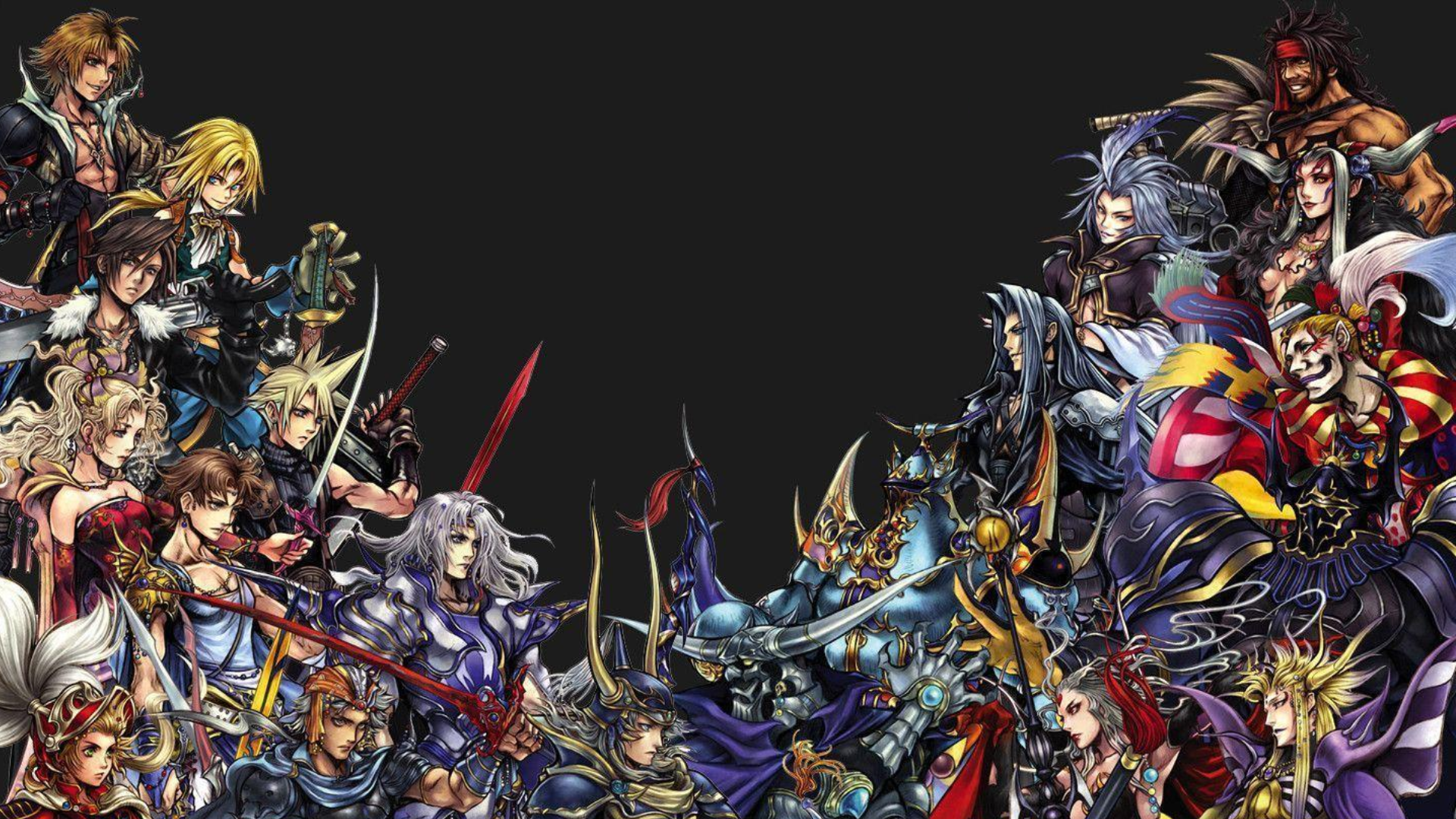The Final Fantasy series, known for its rich storytelling, explores diverse themes across its core entries. Here’s a summary of the major themes in each game.
Note: This article contains spoilers.
Final Fantasy I
Initial release: 1987
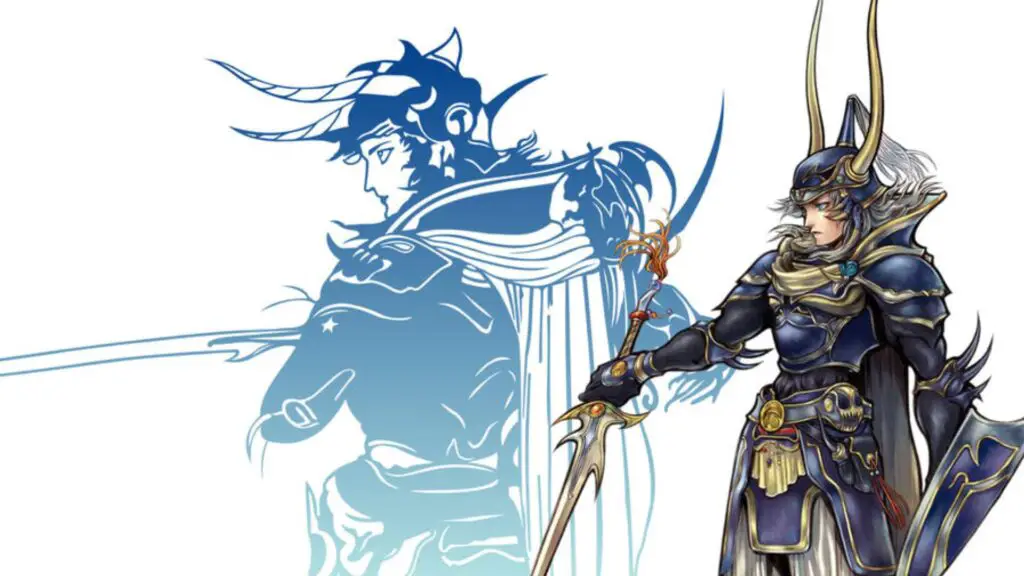
Final Fantasy I lays the foundation for many recurring themes in the series, often weaving them into its minimalist yet impactful narrative.
The central theme of Final Fantasy I revolves around the balance between light and darkness. The game introduces the four Warriors of Light, destined to restore harmony to a world plagued by elemental chaos. Each hero wields a crystal tied to the elements, symbolizing the power of light against encroaching darkness.
This duality emphasizes the cyclical nature of good and evil. The overarching plot—defeating the Four Fiends and the Chaos they serve—reflects a universal battle where neither force can exist without the other. The journey suggests that while darkness may prevail momentarily, light’s resilience ensures balance.
Finally, the narrative aligns closely with the archetypal hero’s journey. The Warriors of Light, anonymous and without backstory, represent the “everyman” called to a great purpose. Their quest involves crossing thresholds (like the dangerous Marsh Cave or Mt. Gulg), confronting ultimate evils, and restoring balance to their world.
Final Fantasy II
Initial release: 1988
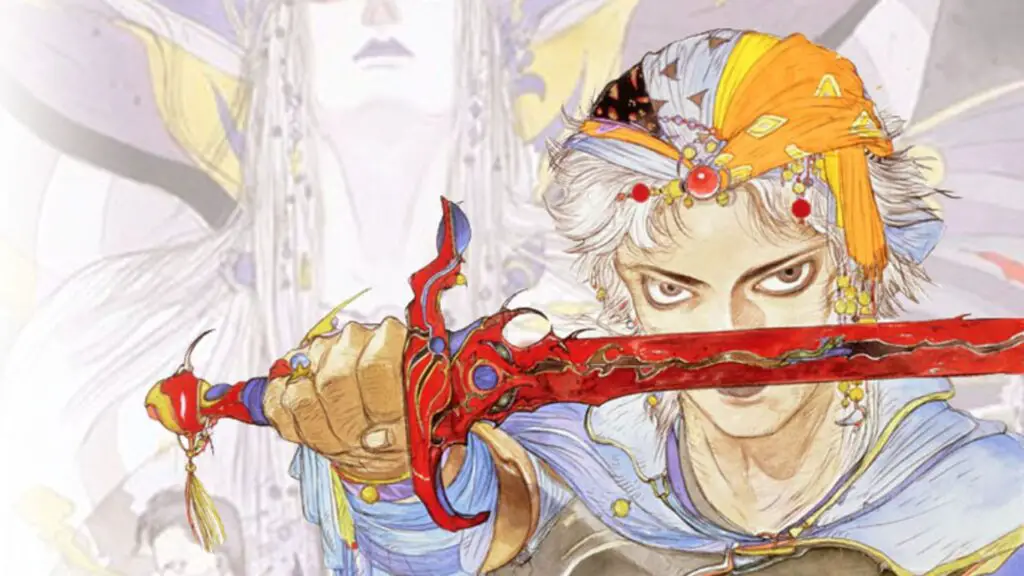
At its core, Final Fantasy II revolves around the conflict between the rebel forces and the evil Palamecian Empire. This theme of resistance against oppression reflects the classic underdog struggle, where a small group must rise against overwhelming odds. The game draws inspiration from historical revolutions and the universal fight for freedom.
The actions of the rebel forces underscore the sacrifices and camaraderie required in times of war. Towns ravaged by imperial control and the rebellion’s clandestine operations against a tyrannical emperor mirror real-world struggles against authoritarianism.
Final Fantasy III
Initial release: 1990
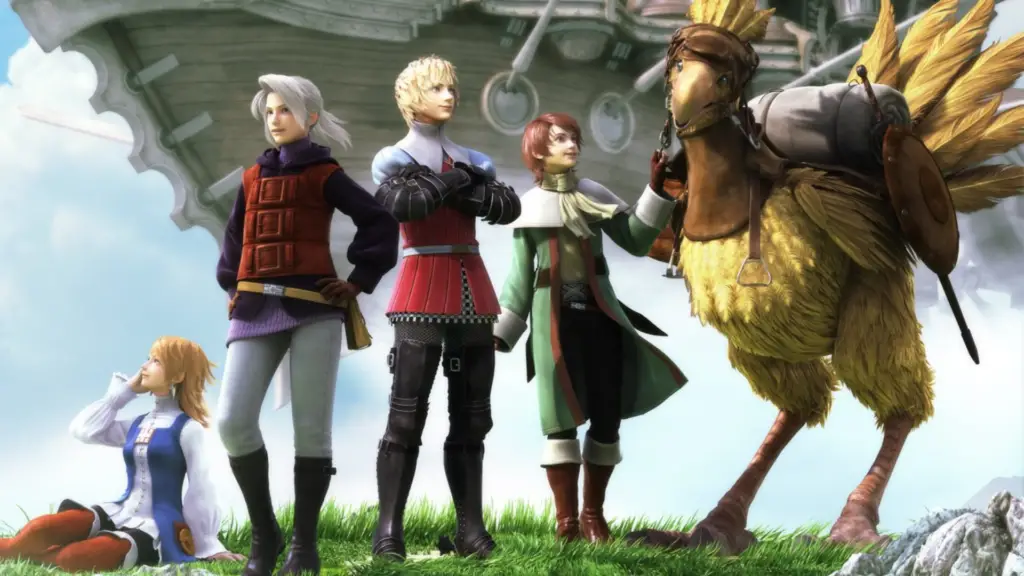
Final Fantasy III marks a return to the series’ earlier focus on elemental balance, light, and darkness. However, it does this while introducing more expansive themes that would influence future installments, such as destiny and the burden of heroism.
Final Fantasy IV
Initial release: 1991
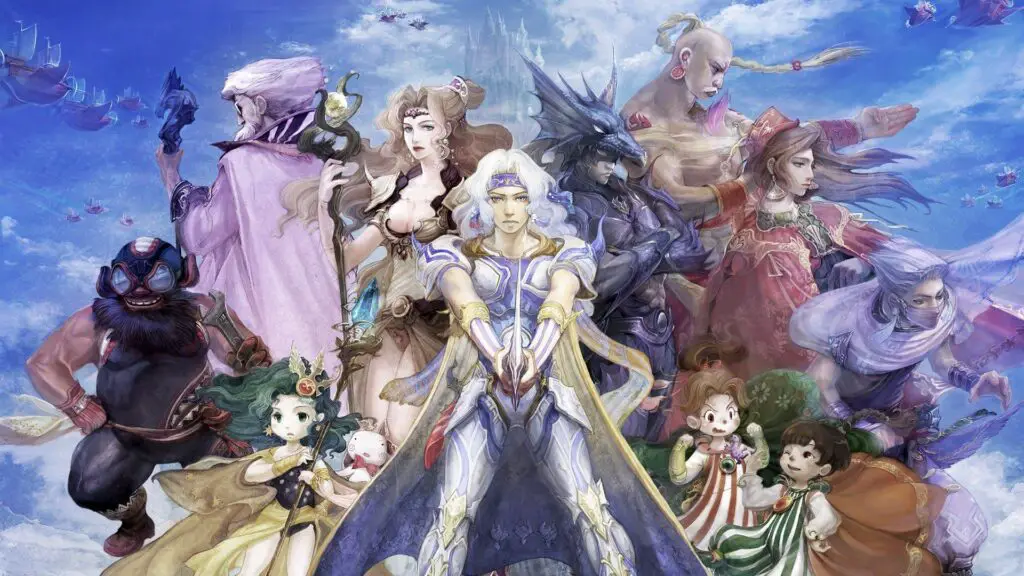
Final Fantasy IV is often hailed as a groundbreaking entry in the series, especially for its focus on deeper character development and emotional storytelling.
One of the most prominent themes in Final Fantasy IV is redemption, primarily explored through the story arc of Cecil Harvey, the game’s protagonist. Cecil begins as a dark knight, serving a morally ambiguous king, Golbez. However, as the story unfolds, Cecil’s internal conflict about his role and actions pushes him to seek a path of redemption.
Cecil’s evolution from a man who follows orders without question to someone who actively chooses the path of light is mirrored by other characters in the game, such as Kain Highwind and Rosa Farrell, who grapple with their own feelings of guilt and desire for forgiveness. The narrative emphasizes that redemption is a process that requires confronting one’s past mistakes and growing from them.
This theme is central to the game’s exploration of personal growth and moral struggle, as it shows that even characters who have acted with malice or who have made mistakes in the past can change and redeem themselves.
The game also emphasizes the importance of friendship and loyalty. Cecil is surrounded by a diverse group of allies who join him on his journey. Despite their differing backgrounds and skills, they all share a common goal and, over time, forge deep bonds with one another.
Final Fantasy V
Initial release: 1992
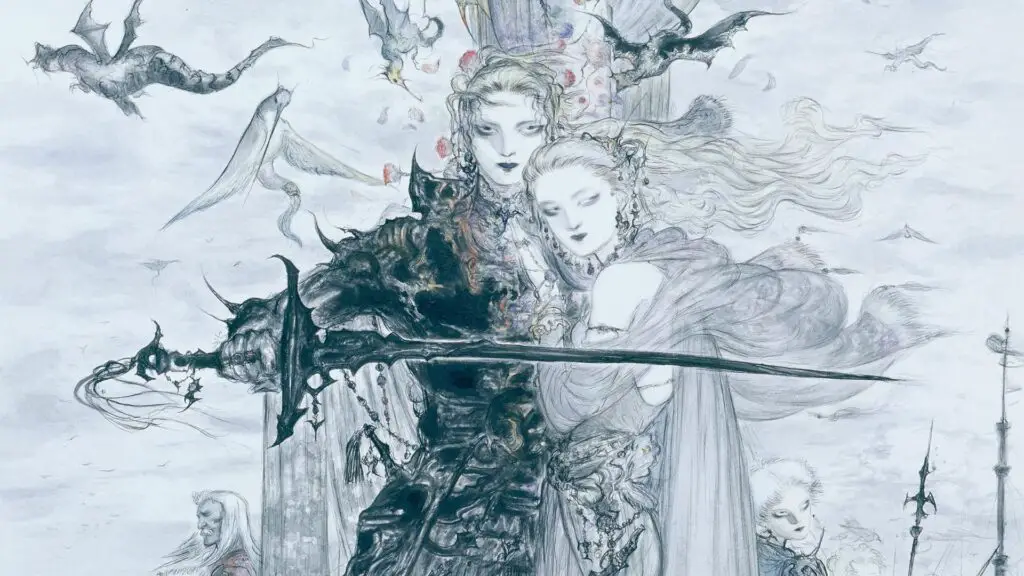
One of the central themes of Final Fantasy V is freedom—the freedom to choose one’s destiny, shape one’s identity, and break free from the constraints of fate or duty. This theme is explored through the game’s protagonist, Bartz Klauser, who initially seems like a carefree adventurer, but whose journey forces him to confront the weight of his actions and the responsibilities that come with them.
The game’s Job System is central to this theme, as it allows characters to choose and redefine their roles at will. This system encourages flexibility and adaptability, reflecting the game’s emphasis on personal freedom. Players are not bound to specific paths or character archetypes but are free to experiment with different jobs, which aligns with the theme of self-determination and the idea that individuals are more than their circumstances.
In addition, there is a recurring exploration of the dangers that come with unchecked ambition and the misuse of power. The antagonist, Exdeath, represents the desire to wield overwhelming power, ultimately seeking to control the elemental forces of the world through the Void. His goal of imposing his will upon the world and exploiting its resources for personal gain stands in stark contrast to the game’s heroes, who must stop him from destroying the very balance of nature.
This theme is also embodied in other characters such as Gilgamesh, who, while often comic relief, represents the chaotic consequences of unchecked ambition through his reckless pursuit of power and glory. Final Fantasy V warns that power, when sought for selfish or destructive purposes, can lead to ruin, echoing a message about the importance of responsibility when dealing with such forces.
Final Fantasy VI
Initial release: 1994
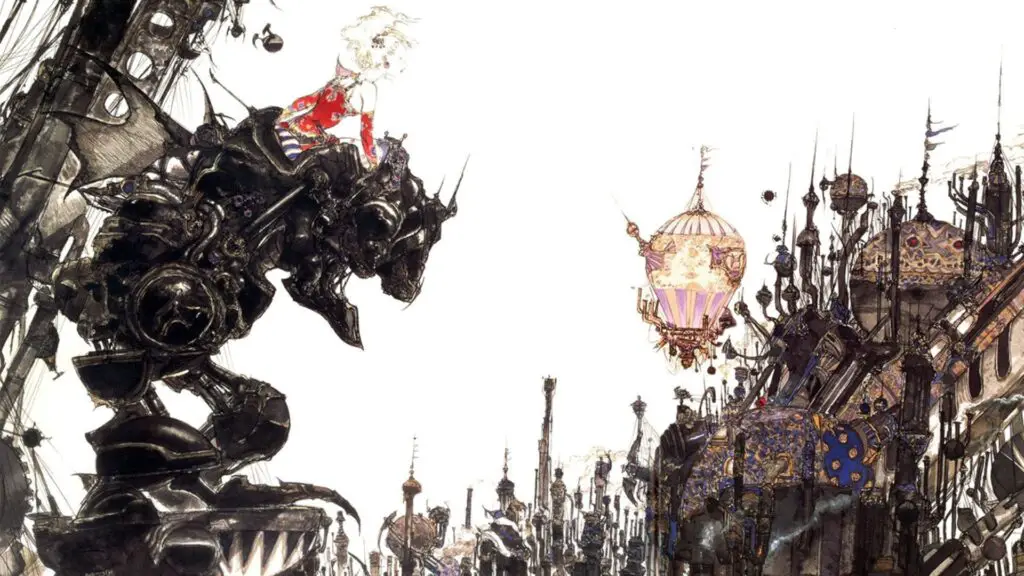
One of the more unique and mature aspects of Final Fantasy VI is its exploration of mental health and the fragility of the human spirit. Kefka, the game’s antagonist, is a prime example of a character whose profound mental instability drives him to sadistic behavior. His lack of empathy and twisted worldview contrasts sharply with the more grounded and empathetic protagonists.
The game’s treatment of despair, loneliness, and the impact of trauma is more pronounced than in many other video games of its time. For instance, Celes’s moment of despair after the fall of her comrades, leading her to contemplate suicide, is a poignant representation of the emotional toll that conflict can take on individuals. This treatment of psychological fragility and the themes of recovery and hope makes Final Fantasy VI stand out as a game that addresses mental health in a nuanced way, encouraging empathy for characters in their darkest moments.
Seeking vengeance can often lead to further suffering and destruction. Through the course of the story in Final Fantasy VI, the characters learn that forgiveness—both of others and themselves—can lead to healing, personal growth, and, ultimately, the restoration of peace.
The theme of fate vs. free will is another key theme explored in Final Fantasy VI. While the characters’ destinies appear shaped by the forces of the world, particularly the Empire’s oppression, they ultimately make choices that break the chains of fate. This struggle is embodied in the character of Terra, who must choose whether to accept her predetermined role as a weapon or carve out her own path as a free individual.
Final Fantasy VII
Initial release: 1997
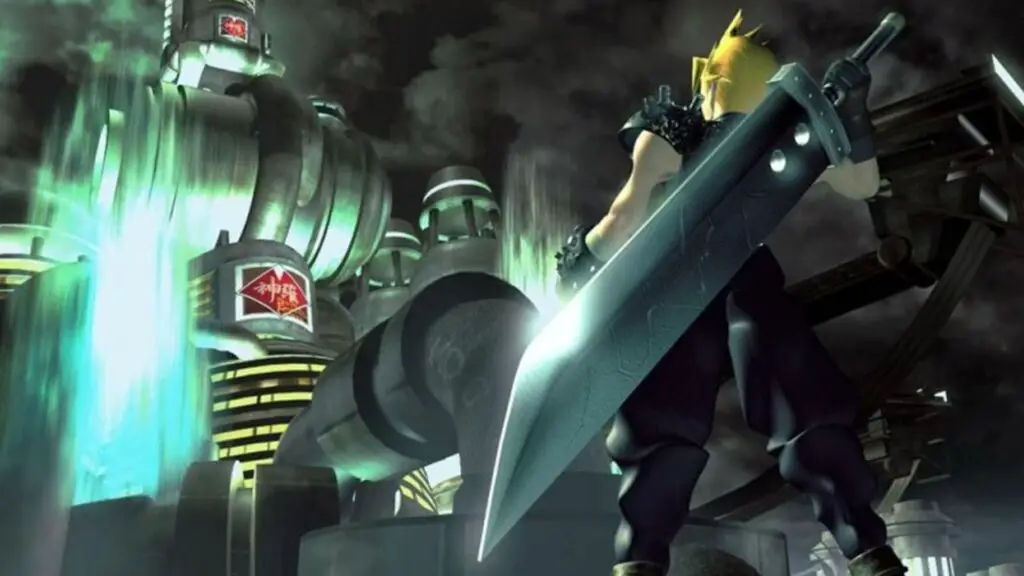
Final Fantasy VII heavily critiques the exploitation of the environment and the abuse of corporate power. The game’s central antagonist, Shinra Electric Power Company, embodies unchecked corporate greed and environmental destruction. Shinra’s extraction of Mako energy from the planet not only threatens the planet’s health but also leads to the suffering of its people. The idea of sacrificing the planet for profit is a central moral conflict, with the heroes of the story fighting not only to stop the environmental damage but also to restore balance to the planet.
This critique of corporate power resonates with real-world issues of resource depletion, climate change, and the interplay between economic interests and environmental sustainability. The game asks players to consider how unchecked industrialization and exploitation of natural resources can have devastating consequences, both for the planet and for society as a whole. The ecological themes in Final Fantasy VII remain relevant to modern discussions on sustainability and environmental ethics.
In addition, a key theme throughout Final Fantasy VII is the exploration of identity and self-discovery. The protagonist, Cloud Strife, begins the game with a fractured sense of self, grappling with the false memories and identity of another person. This personal crisis drives much of the plot, as Cloud embarks on a journey to uncover the truth about his past, ultimately realizing that his sense of identity has been shaped by trauma, deception, and the desire to fit in.
Cloud’s internal struggle reflects the broader theme of how memories and perceptions influence personal identity. This is explored not just through Cloud but also through characters like Sephiroth, who faces his own crisis of identity as he uncovers the truth about his origins, and Aerith, whose divine heritage is intertwined with her identity and role in the battle to save the planet.
Final Fantasy VIII
Initial release: 1999
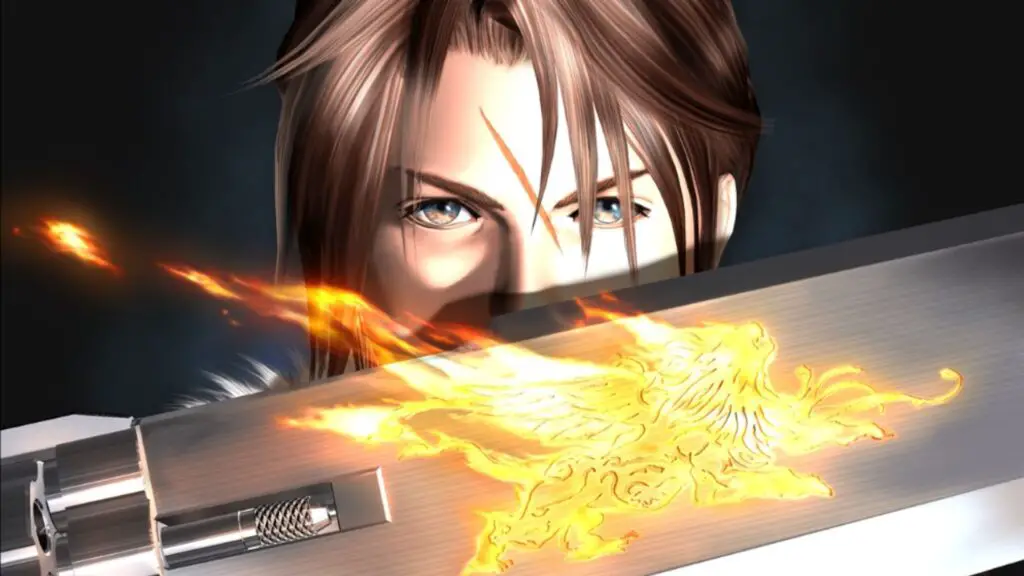
Love and relationships form the emotional core of Final Fantasy VIII. The love story between Squall and Rinoa is one of the most prominent aspects of the narrative, with their evolving relationship exploring themes of trust, vulnerability, and personal growth. Initially, Squall is emotionally distant and reluctant to open up to others, partly because of his past experiences with loss. His journey of self-acceptance and his growing love for Rinoa are key to his development as a character.
The game also explores the theme of complicated family relationships. For example, Laguna Loire and his relationship with Raine reflect themes of unrequited love, while Selphie’s relationships highlight her more carefree, optimistic attitude. The dynamics within the group also reflect the theme of how people come together, forge bonds, and learn to rely on one another despite their differences.
Rinoa’s connection to the Sorceress and the potential for a tragic, intertwined fate between her and Squall adds a layer of complexity to the central love story, questioning how much of our relationships are destined or shaped by forces beyond our understanding.
Final Fantasy IX
Initial release: 2000
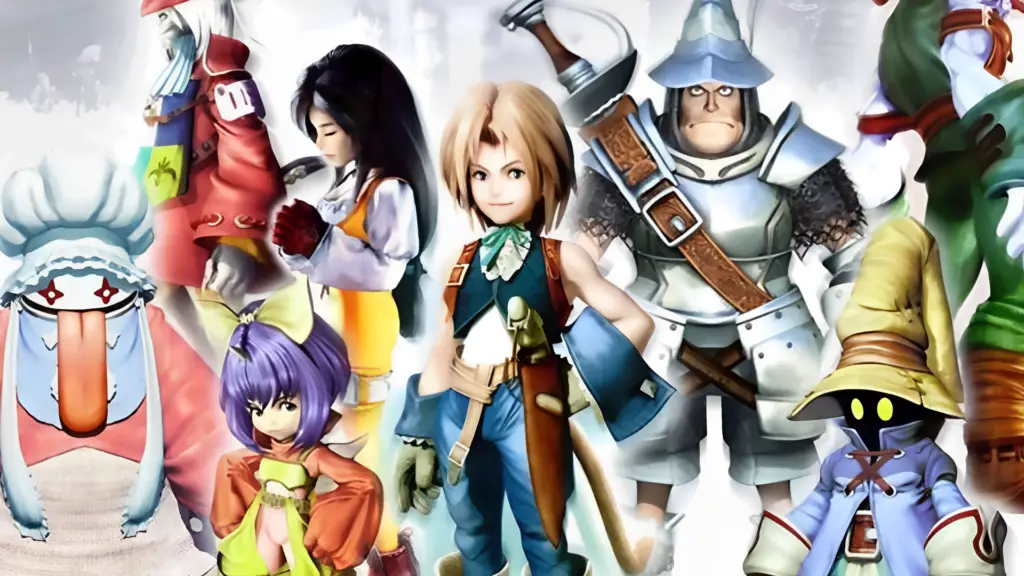
Final Fantasy IX delves deeply into themes of life and death, particularly through its exploration of the ephemeral nature of existence. These themes are directly tied to the storylines of several characters, notably Vivi, Zidane, and Kuja, the main antagonist.
Vivi’s journey is intrinsically linked to mortality. As a black mage, his life span is predetermined, and he becomes increasingly aware of his own inevitable death. This existential awareness shapes his growth, as he learns to find meaning in the relationships he forms with others, rather than focusing on the inevitable end. His emotional journey is one of coming to terms with his life and accepting that the value of existence lies in the connections we make and the legacy we leave behind.
Zidane’s own confrontation with death occurs when he faces the truth of his origins. Created as a vessel of destruction, he is initially torn between accepting the meaning of his creation and finding his own purpose. In a broader sense, Zidane’s arc explores the desire to choose one’s own fate, even when confronted with circumstances beyond one’s control.
Kuja, the game’s primary antagonist, represents an extreme form of the fear of death. As an artificial being, he is acutely aware of his own expiration date and resents the limits of his existence. His quest to escape death and attain god-like power leads him down a destructive path. Kuja’s journey shows how an obsession with immortality and defiance of one’s own mortality can lead to despair and destruction.
Final Fantasy X
Initial release: 2001
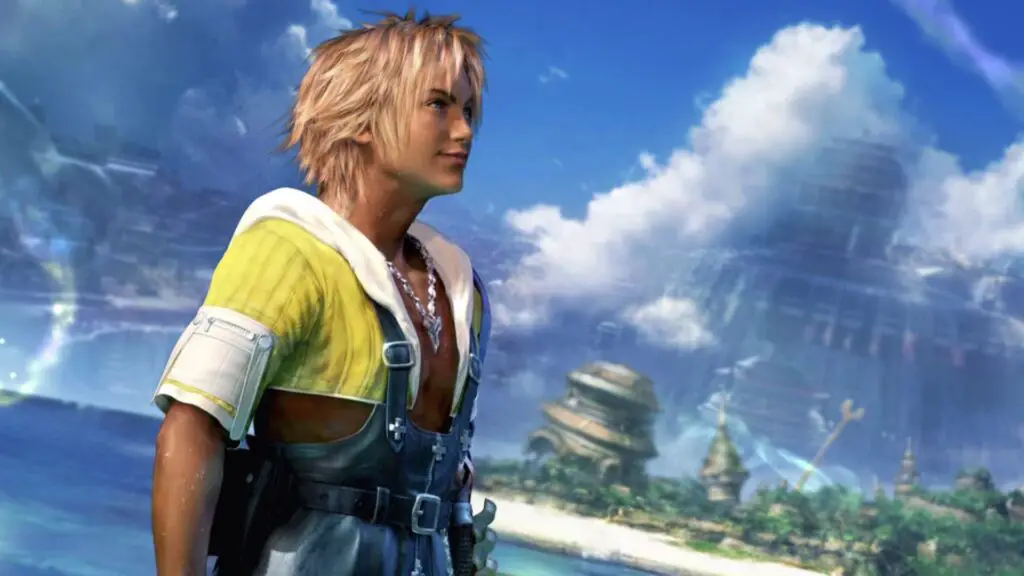
Final Fantasy X grapples with the themes of faith and religion, particularly through the Yevon religion, which governs much of Spira’s society. The followers of Yevon believe that Sin is a divine punishment and that the cycle of sacrifice must continue to appease the gods and maintain peace in Spira. However, as the game progresses, the characters discover that this faith is based on lies and manipulation.
Yevon’s hypocrisy is slowly uncovered as the characters learn that the Final Summoning is a sham—a ritual designed not to save the world but to maintain control over the people. The leaders of Yevon have knowingly perpetuated the cycle of death and destruction in the name of preserving their power, leading to a crisis of faith for Yuna and the other characters. This critique of blind faith and institutionalized religion questions the authority of systems that demand sacrifice without providing true answers.
Tidus, the protagonist, coming from a world where faith plays a different role, provides a contrasting perspective on belief. He rejects the idea that faith should be tied to suffering, challenging the established systems of power in Spira. His journey involves helping Yuna and others recognize that true faith should not be about blind obedience but about believing in something worth living for.
Final Fantasy X-2
Initial release: 2003
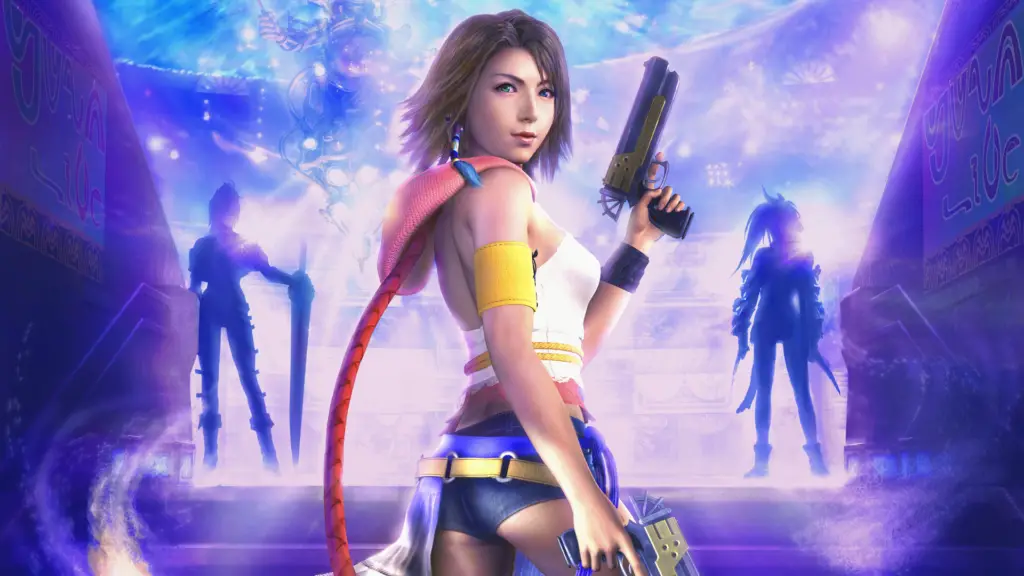
While Final Fantasy X-2 is, in many ways, a story about moving forward and creating new identities, it also deals heavily with the legacy of the past. The characters are shaped by their experiences in FFX, and the game is very much about reconciling the old with the new.
Yuna’s journey involves confronting her past and dealing with the weight of the expectations that were placed upon her during her pilgrimage in Final Fantasy X. In the sequel, she is no longer defined by her role as a summoner; however, her decisions and actions are still influenced by the choices she made in her earlier life. Similarly, the past is ever-present for Rikku and Paine, as they each must confront their personal histories while also dealing with the larger cultural and political shifts occurring in Spira.
The Cacophony, a mysterious force in the game, represents a residue of the past—one that threatens the newfound peace of Spira. The theme of past legacies and their impact on the present world is a key driver of the narrative, as the characters seek to stop this dangerous influence from unraveling the progress they’ve made.
There’s also a focus on the reconstruction of Spira’s institutions and how the legacy of the old world order continues to shape the new society. Spira is still a world reeling from the changes brought by Sin’s defeat, and many of the characters are caught between honoring or rejecting the traditions of the past.
Final Fantasy XI
Initial release: 2002
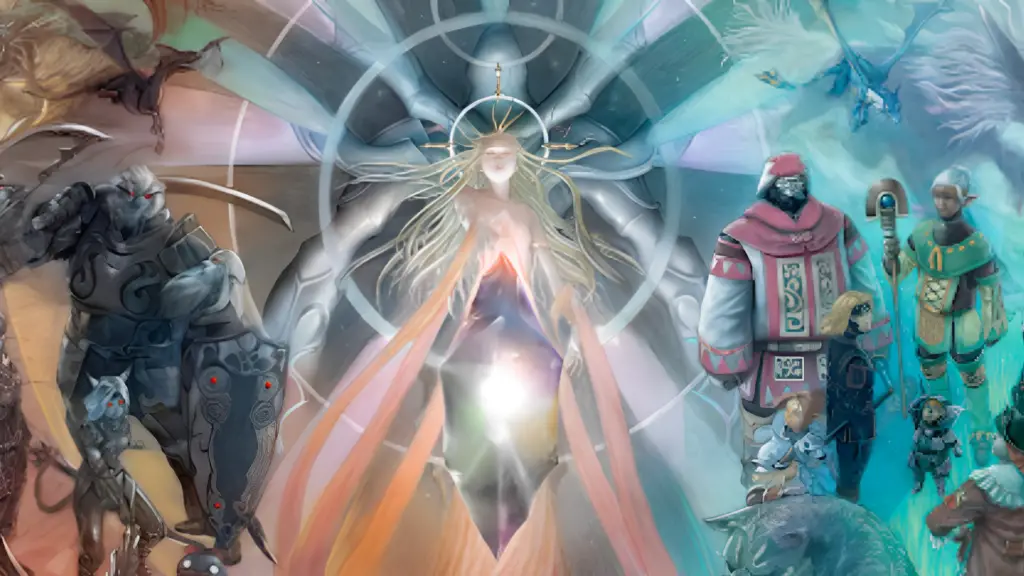
Final Fantasy XI is unique in the series due to its structure as a massively multiplayer online role-playing game (MMORPG). Released in 2002, it introduced players to the world of Vana’diel, where they could create characters and embark on quests alongside others from around the globe. Its major themes reflect not only the traditional motifs seen in the Final Fantasy franchise but also elements that are particular to its MMORPG nature. The game blends community, collaboration, fate vs. free will, and the cyclical nature of life and death, making it a rich experience that evolves over time.
Final Fantasy XII
Initial release: 2006
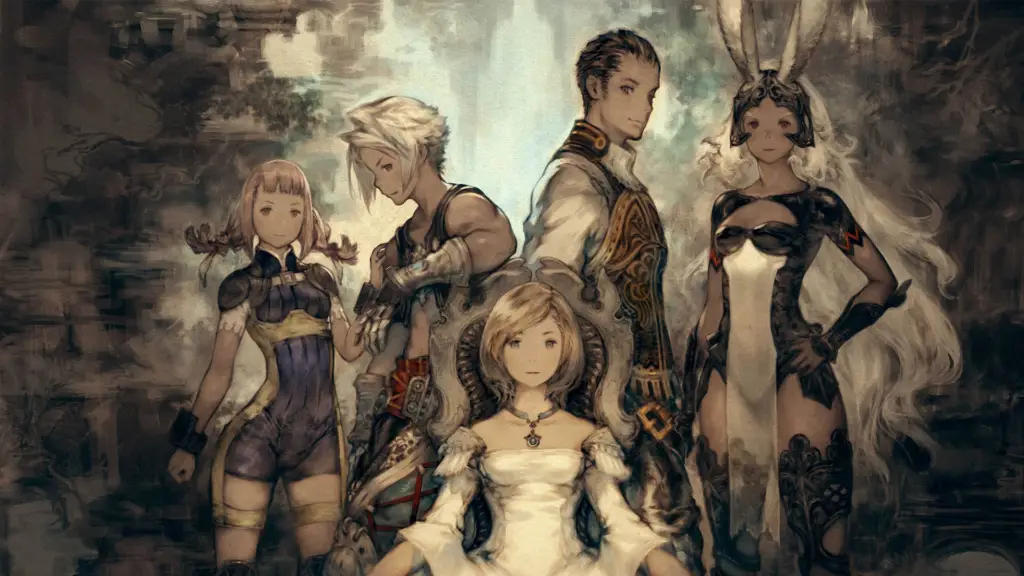
Like many other Final Fantasy games, Final Fantasy XII delves into the consequences of war and conflict. In the game’s world, the clash between the Archadian Empire and Dalmasca serves as the backdrop for much of the action, but the true cost of war is felt by those who experience its effects firsthand.
Dalmasca is invaded and annexed by Archadia, leaving its people to endure hardship and loss. The theme of the cost of war is explored through the personal struggles of characters like Ashe, who has to come to terms with the loss of her kingdom, and Vaan, who witnesses the destruction of his home and the loss of loved ones.
The theme is also explored through the lens of betrayal. The character of Vayne betrays his own people in pursuit of his imperial ambitions, leading to devastating consequences. Similarly, the betrayal of the king (Rex’s death) plays a significant role in setting the story in motion, showing the deep personal costs of conflict.
Additionally, the game’s treatment of resistance—both physical and moral—reflects on the difficult choices made by those caught in the conflict. Many of the characters, including Basch and Balthier, wrestle with the ethical implications of their involvement in a war that seems unjust or unending.
Final Fantasy XIII
Initial release: 2009
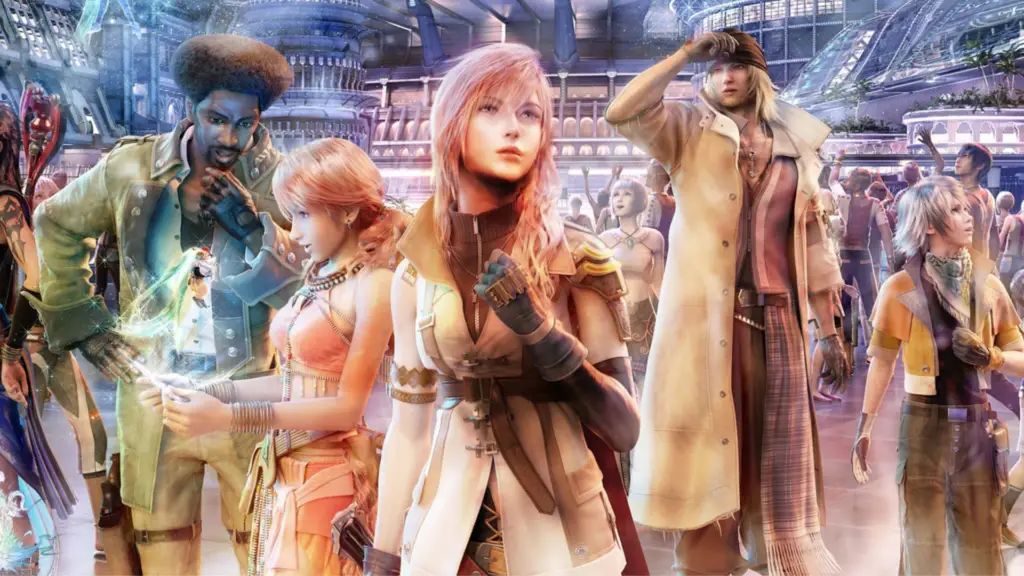
Final Fantasy XIII presents a deep exploration of fate, freedom, and self-discovery, with an emphasis on the sacrifices necessary to overcome the tyranny of predestination.
The game’s characters struggle with their roles as L’Cie, forced to fulfill a divine will, but ultimately find empowerment through their bonds with each other and their resistance to the forces that seek to control them. It also offers commentary on the cost of progress, the consequences of imperialism, and the value of sacrifice in the pursuit of a better future.
Final Fantasy XIII-2
Initial release: 2011
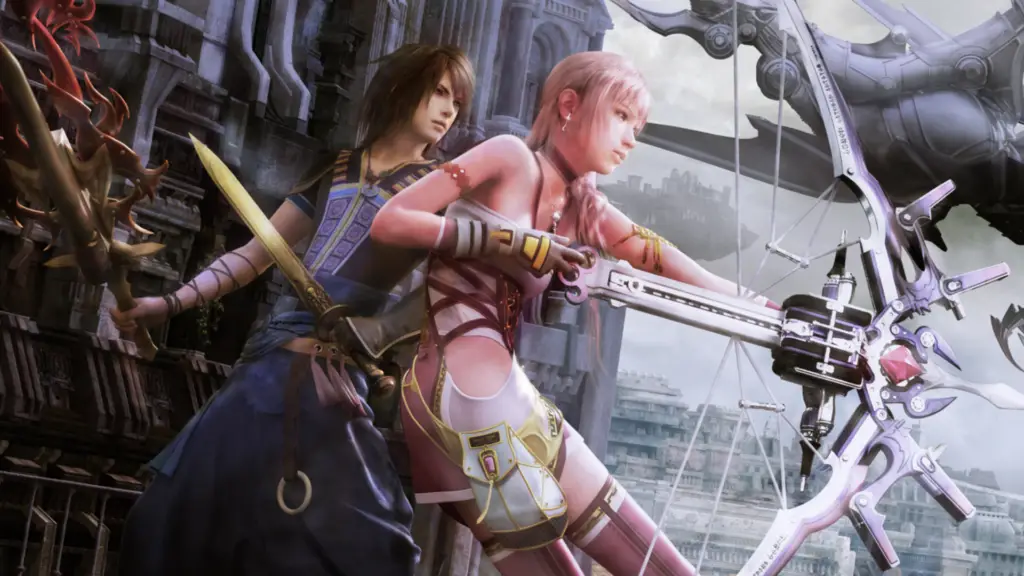
A central theme in Final Fantasy XIII-2 is the manipulation of time and the profound effect it has on the characters and the world around them. The game’s plot revolves around the characters’ efforts to correct time after the events of Final Fantasy XIII, which ended with the destruction of Cocoon and the shift in the flow of time caused by the paradoxes resulting from Lightning’s disappearance.
Serah Farron, the protagonist, embarks on a journey through various timelines to restore the continuity of reality, which has been disrupted by Caius Ballad, the game’s antagonist. This creates an exploration of how time can be both a force for good and destruction. The game brings forth the notion that time is not linear; rather, it is a web of potential outcomes, each one affecting the next.
Lightning Returns: Final Fantasy XIII
Initial release: 2013
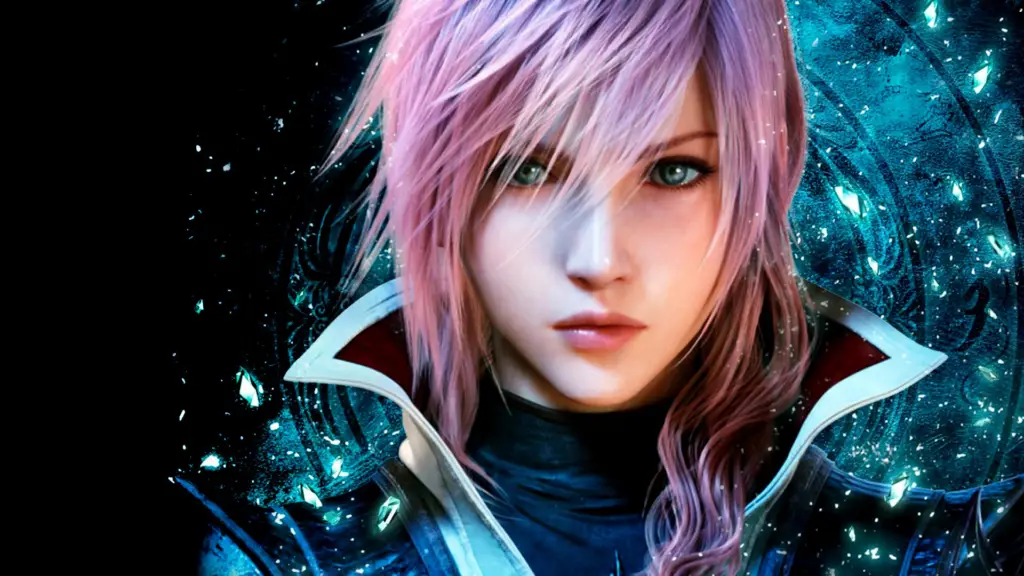
Lightning Returns: Final Fantasy XIII serves as the final chapter in the Final Fantasy XIII trilogy. Time is the central theme. The game is set in a world where the apocalypse is imminent, with only 13 days remaining before the end of the world.
Time is both a critical narrative element and a gameplay mechanic. Players must manage the finite amount of time available to save souls, complete side quests, and ultimately confront the forces that are bringing about the end of the world. The countdown clock is always ticking, and every decision made by the player affects the limited time remaining. This setup places urgency on the player’s actions, emphasizing the fleeting nature of existence.
The concept of time is also explored through the world’s state of decay and the desperate attempts by its inhabitants to make sense of their impending fate. Lightning’s mission to save humanity in a dying world echoes the theme of inevitability—that even in the face of inevitable destruction, there is still hope for redemption.
Final Fantasy XIV: A Realm Reborn
Initial release: 2013
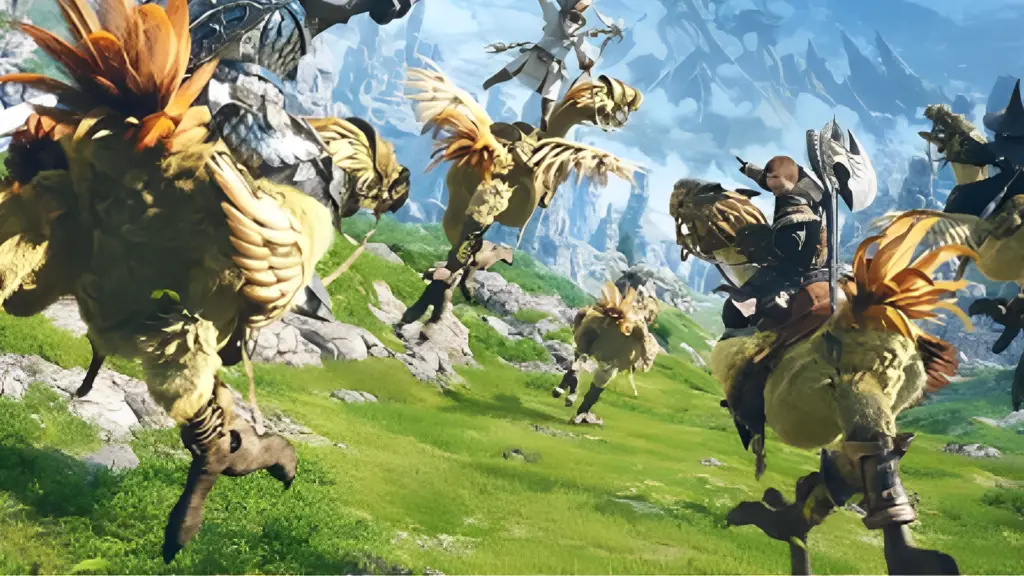
Final Fantasy XIV explores the cycle of life and rebirth, particularly in its depictions of world-ending cataclysms and the attempts to rebuild from the ashes. This cycle is embodied by the Ascians, who aim to bring about a reordering of the world and reset it according to their vision.
The cyclical nature of destruction and renewal is explored in the form of primal summoning, the recurrence of ancient wars, and the ongoing conflicts between gods and mortals. This theme also relates to the nature of immortality, as seen in the character of Emet-Selch, who seeks to restore his lost civilization and confront the world’s history of continuous destruction.
Finally, the eternal battle between hope and despair is perhaps the most defining theme of Final Fantasy XIV, as the characters continually strive to maintain hope, even in the face of seemingly insurmountable odds.
Final Fantasy XV
Initial release: 2016
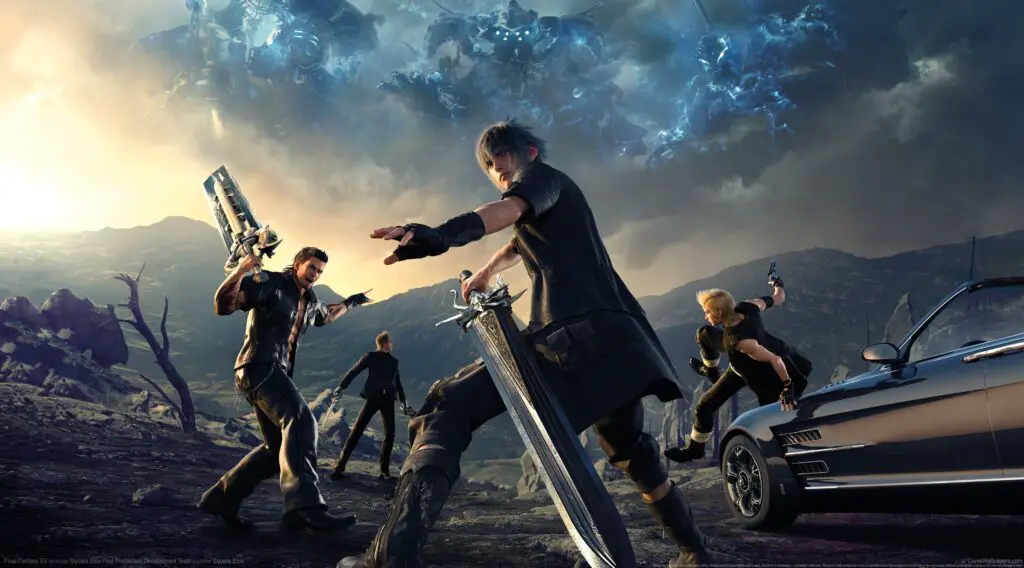
At the heart of Final Fantasy XV is the theme of friendship and brotherhood. The game emphasizes the bond between Noctis and his three companions: Ignis, Gladiolus, and Prompto. This central theme is explored through their interactions, the support they offer each other during hardships, and their shared experiences on their journey.
The Road Trip motif plays a significant role in this theme, with the characters often bonding over travel, meals, and personal stories. The game depicts how friendship can be a source of strength and comfort, especially in moments of uncertainty and danger. The camaraderie between Noctis and his friends is one of the most praised aspects of the game, showing how loyalty, trust, and mutual support define their relationships.
Another key theme in Final Fantasy XV is the conflict between duty and personal desire. Noctis, as the heir to the throne of Lucis, is faced with the heavy responsibility of saving his kingdom and fulfilling his royal obligations. However, throughout the game, he is torn between these duties and his personal wishes to live a normal life, free from the burdens of royalty.
Final Fantasy XVI
Initial release: 2023
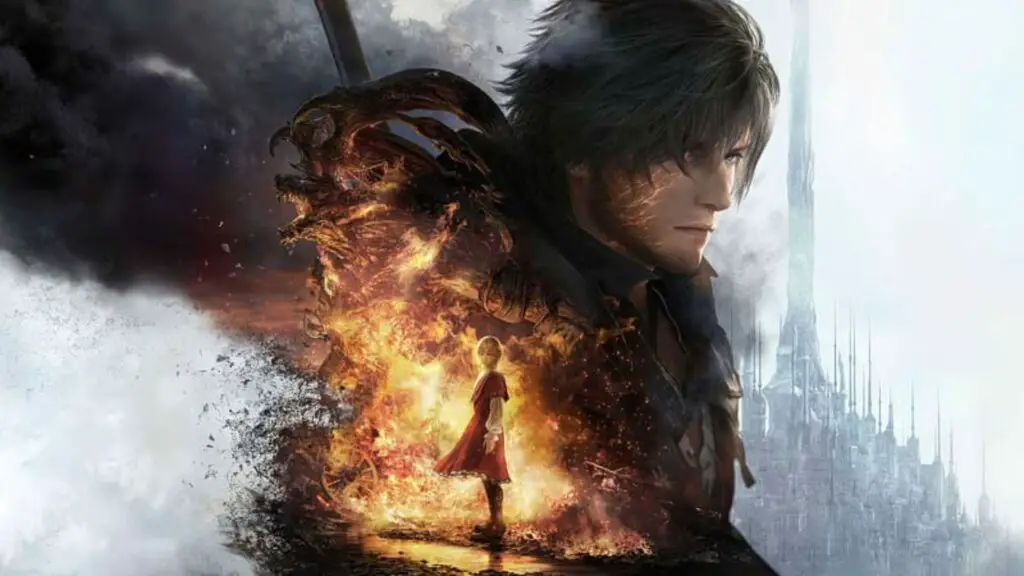
In Final Fantasy XVI, the themes are deeply intertwined with its character development and the larger narrative. Central to the story is the conflict between freedom and fate, explored through the protagonist Clive Rosfield. Clive’s journey is shaped by his desire to avenge his family and forge his own path, rejecting the predetermined roles that his society enforces on individuals, particularly those who bear the power of Eikons (summons). This sense of personal destiny versus sacrifice is emphasized as Clive grows and grapples with his trauma and responsibility, as well as the moral consequences of his actions.
Another key theme is the corrupting influence of power. Characters like the antagonist Barnabas Tharmr, who seeks to bring about the return of a malevolent demigod, embody the dangers of unchecked ambition and the desire to dominate others. This contrast between characters who use power for destructive ends and those who strive for redemption is woven into the narrative, with the soundtrack reflecting these differences.

